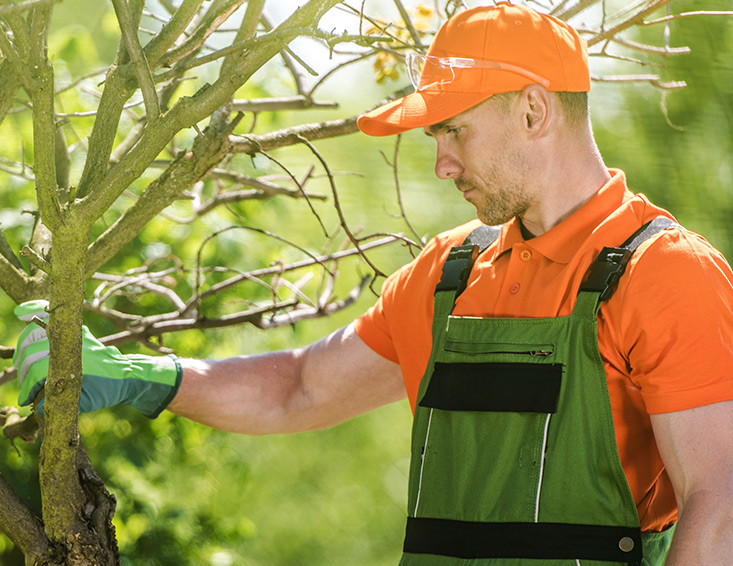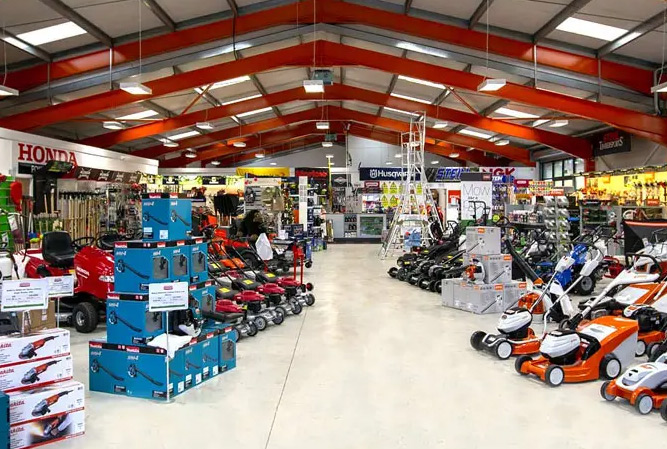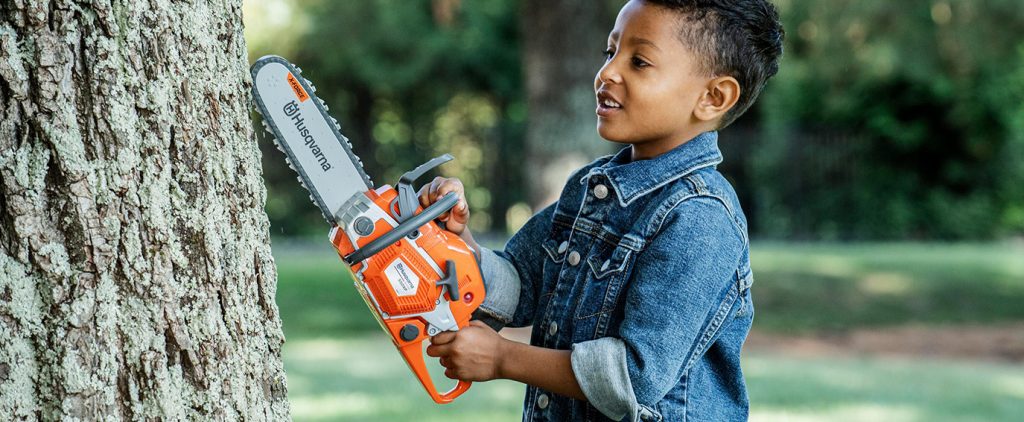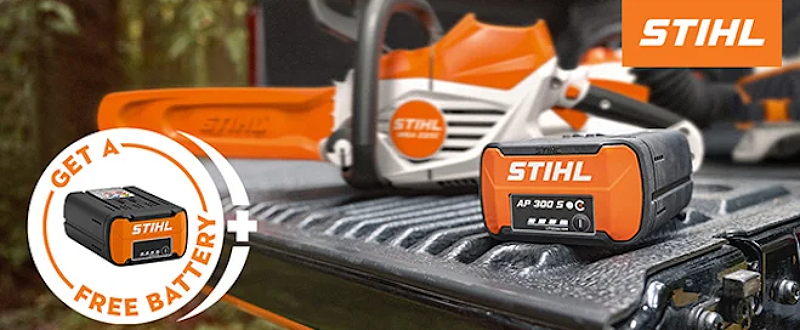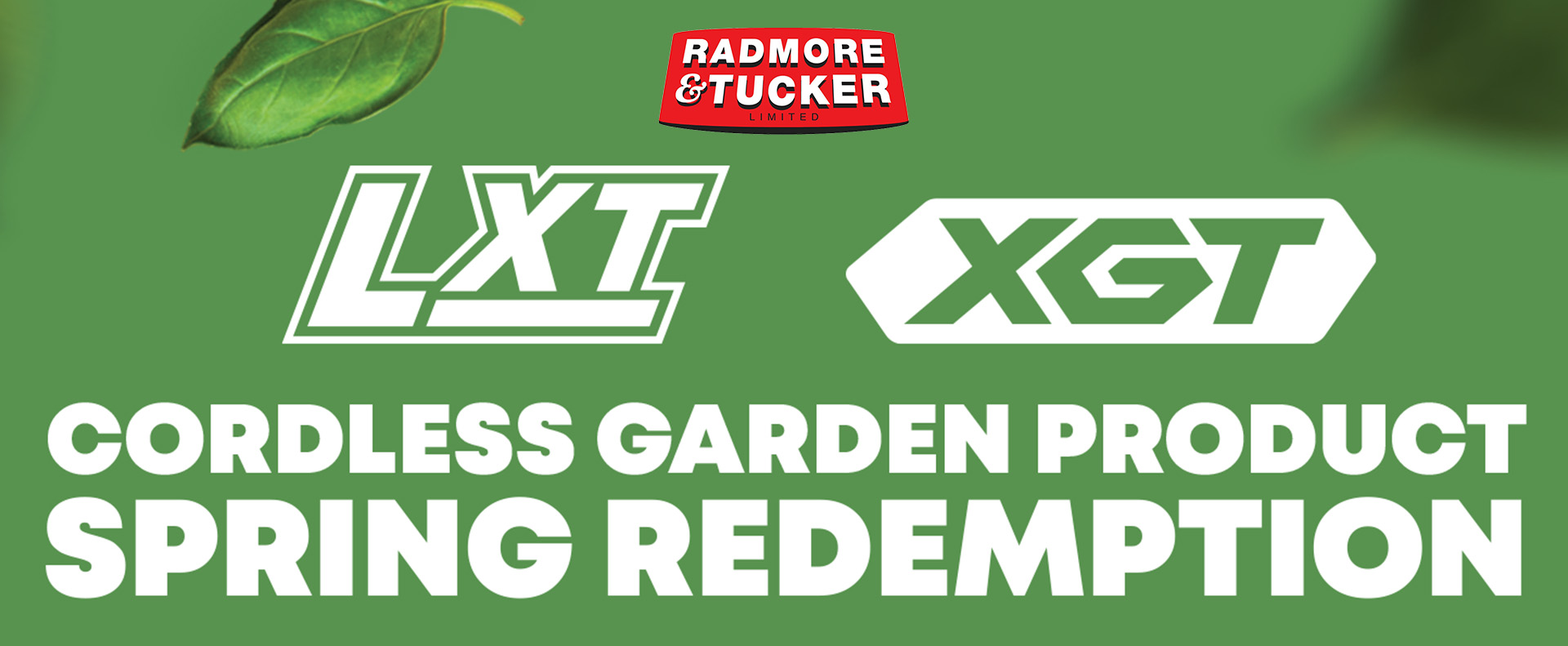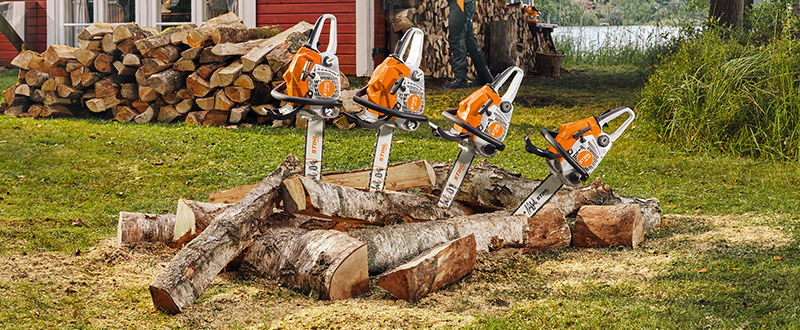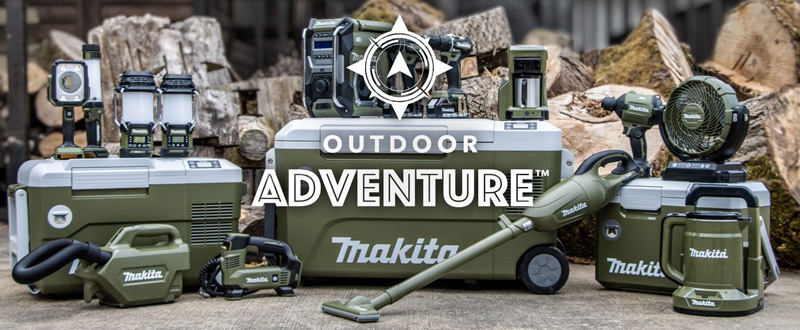
TURN YOUR GARDEN WASTE INTO GOLD!
Keeping on top of your garden and lawn produces lots of natural debris that you can put to good use. Whether your garden waste is grass clippings, tree and hedge trimmings, leaves or withered plants and flowers, these resources can be tiresome to remove. This is where having a composting strategy totally makes sense. It’s not only a green way of recycling, it creates gardeners gold and a natural fertiliser.
Our range of garden shredders help you to keep your garden tidy, remove natural waste and help to produce your own zero cost fertiliser to feed your lawn and garden. Garden shredders are easy to use and maintain. Their high quality cutting systems dice up all types of garden waste, even tree branches and bushy twigs are quickly chopped into plant residue that you can simply dispose of or use as a compost base.
Applying Compost to Your Garden
Your organic compost can be used in two ways:
- As a soil improver and conditioner by mixing it into the soil.
- As a mulch on the surface of the soil. The coarser the compost, the longer it will take to break down.
Cuttings and natural debris can be used to make environmentally friendly compost. The composted waste can be recycled as a valuable natural fertiliser. Lawn mulch and compost contain several valuable raw materials that supply your garden soil with important nutrients in a totally natural way.
Look at our top ten tips we have gathered to create your compost and fertiliser:
Ten Tips for Great Compost
- Ideally you should gather a mix of green and brown trimmings. For example, you could mix lawn clippings with wood cuttings.
- Compost needs to get air. Never lay the material in a hole in the ground or use compost containers that are closed on all sides.
- Do not keep your compost on a solid base such as stone or concrete. The compost should be accessible to earthworms and small organisms to accelerate the degradation process.
- Earthworms are one of the most beneficial organisms for your compost and are attracted by general garden debris as well as vegetable skins, ground coffee and tea leaves.
- It’s best to layer your compost. At the bottom you should pile up debris from your garden shredder. Then add smaller materials such as leaves or finely shredded material. You should then spread lawn clippings thinly on the top, which prevents decay.
- Cover kitchen waste with soil, as it can potentially attract unwanted visitors.
- Check that your compost is not dry as micro-organisms in need moisture to help break down the debris. However, do not water your compost too much as this will create disease and decay.
- Once you’ve completed the first 7 steps then cover up your finished compost heap.
- Composting takes quite a while depending on conditions. It can be several months due to the time of year and ambient temperature. When the compost is ready to use it should smell of forest soil and fungus.
- One last pro tip: Passing waste material repeatedly through your garden shredder provides optimal mixing and aeration. Shredding waste before placing it on the compost heap speeds up decomposition as it increases the surface area open to attack by microbes and decomposition agents.
We hope you found this article useful and that you have a go at producing your own fertiliser. If you would like to find out more, pop in to our showroom in Exeter or browse our extensive range of garden care products and machines.



